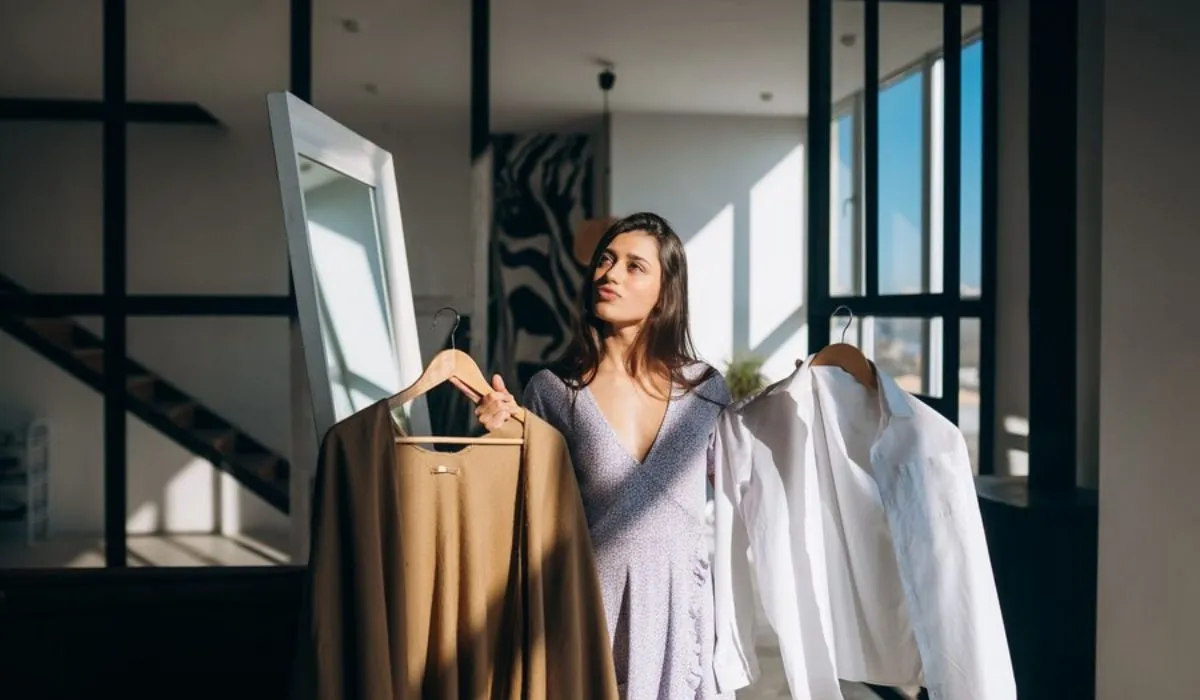Mastering Color Harmony: An Indepth Guide to Matching Colors in Your New Fashion Line
Embarking on the creation of a new fashion line is a thrilling endeavor, fraught with opportunities to express creativity and define a unique style. Among the myriad considerations that go into launching a successful collection, perhaps none is as fundamental—or as nuanced—as the selection of colors. The right color combinations can elevate your designs, making them not just visually appealing but also emotionally resonant with your target audience. This comprehensive guide delves deeper into the art of color matching, offering insights and strategies to ensure your fashion line is not only aesthetically pleasing but also harmoniously cohesive.
The Foundation of Color Theory
Before venturing into the realm of specific color combinations, it’s imperative to establish a solid understanding of color theory. At its core, color theory encompasses the study of how colors interact with one another, influencing our perception and emotional response. Primary colors—red, yellow, and blue—are the building blocks of all other colors. Secondary colors emerge from the blending of primary colors, while tertiary colors are mixtures of primary and secondary hues. Familiarity with the color wheel—a visual representation of these relationships—is crucial for designers, as it illuminates how colors complement, contrast, or harmonize with each other.
Exploring Color Combinations
Complementary Colors
Complementary colors are those that lie directly opposite each other on the color wheel. Their juxtaposition creates a high degree of contrast, resulting in vibrant and eyecatching combinations. For instance, pairing a rich burgundy with a crisp turquoise can produce a striking visual effect that commands attention. However, it’s essential to apply this technique judiciously to prevent the design from appearing too chaotic or overwhelming.
Analogous Colors
Analogous colors, situated next to each other on the color wheel, share a common hue, creating a sense of harmony and unity. Utilizing an analogous color scheme can lead to a cohesive and tranquil aesthetic, making it an excellent choice for collections aiming to evoke a serene or sophisticated atmosphere. A lineup of garments in varying shades of blue, for example, could exude a calming and nautical vibe.
Monochromatic Schemes
Monochromatic schemes revolve around a single base color, with variations in tone, shade, and tint. This approach emphasizes texture and material, offering a minimalist yet impactful aesthetic. For fashion designers, a monochromatic collection can underscore the intricacies of fabric and construction, making it a favored strategy for luxury brands or those seeking to highlight the subtleties of their designs.
Triadic Color Scheme
The triadic color scheme employs three colors evenly distributed across the color wheel. This method promises a lively and dynamic palette, capable of producing bold and energetic collections. Achieving balance within a triadic scheme is paramount, as it prevents any single color from dominating the others. Successfully implementing a triadic color scheme can result in a collection that is both vibrant and engaging.
Practical Strategies for Effective Color Matching
- Begin with a Limited Palette: Starting with a smaller set of colors can simplify the design process, allowing you to focus on refining your color combinations. As you grow more comfortable with color theory, you can gradually expand your palette.
- Align with Emotional Impact: The mood you wish to convey through your fashion line should inform your color choices. Bright, saturated hues can evoke joy and vitality, whereas muted or pastel tones may suggest tranquility and sophistication.
- Prototype and Test: Before finalizing your color scheme, it’s advisable to prototype your designs or create mockups. This handson approach allows you to assess how the colors interact in realworld scenarios, providing valuable insights for refinement.
- Maintain Consistency: Once you’ve settled on a color scheme, adhere to it throughout your collection. Consistency is key to establishing a recognizable brand identity and ensuring a cohesive aesthetic.
Expanding Your Knowledge and Skills
Expanding upon the fundamentals of color theory and exploring various color combinations is just the beginning. Continuous learning and experimentation are essential for mastering the art of color matching. Engaging with color theory resources, participating in workshops, and collaborating with fellow designers can further enrich your understanding and skills. Additionally, staying attuned to current fashion trends and consumer preferences can provide valuable inspiration and guidance in selecting colors that resonate with your target audience.
Conclusion
Mastering the art of color matching is a multifaceted journey that requires a deep understanding of color theory, creative exploration, and practical application. By leveraging the principles outlined in this guide, you can create a fashion line that not only captivates with its visual appeal but also connects deeply with your audience on an emotional level. Remember, the right color combinations can transform your designs, making them unforgettable in the fashion industry. With dedication and a keen eye for color, you can elevate your fashion line to new heights, ensuring it stands out in the crowded marketplace.






